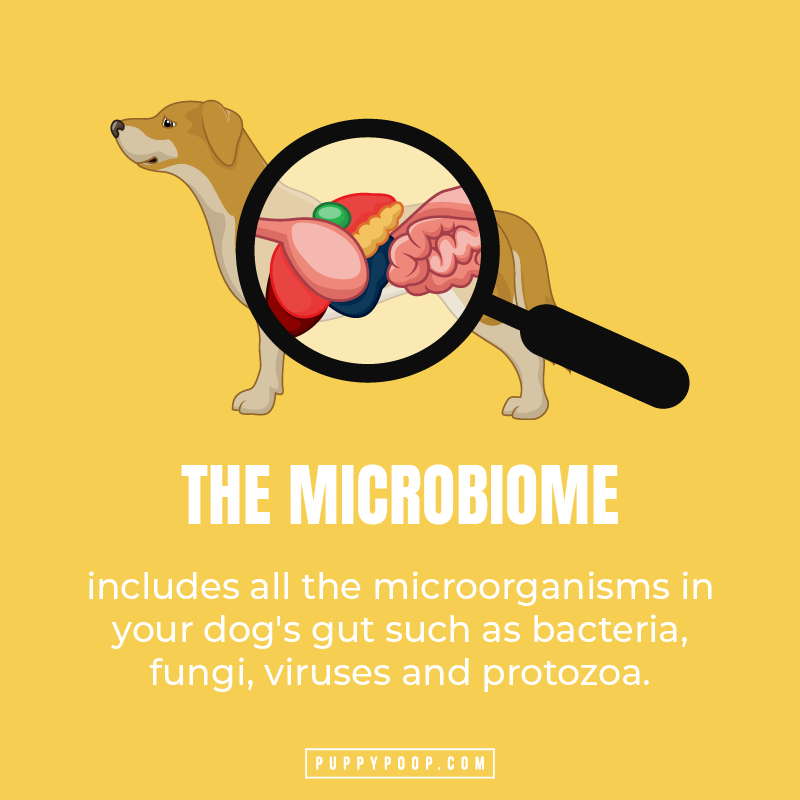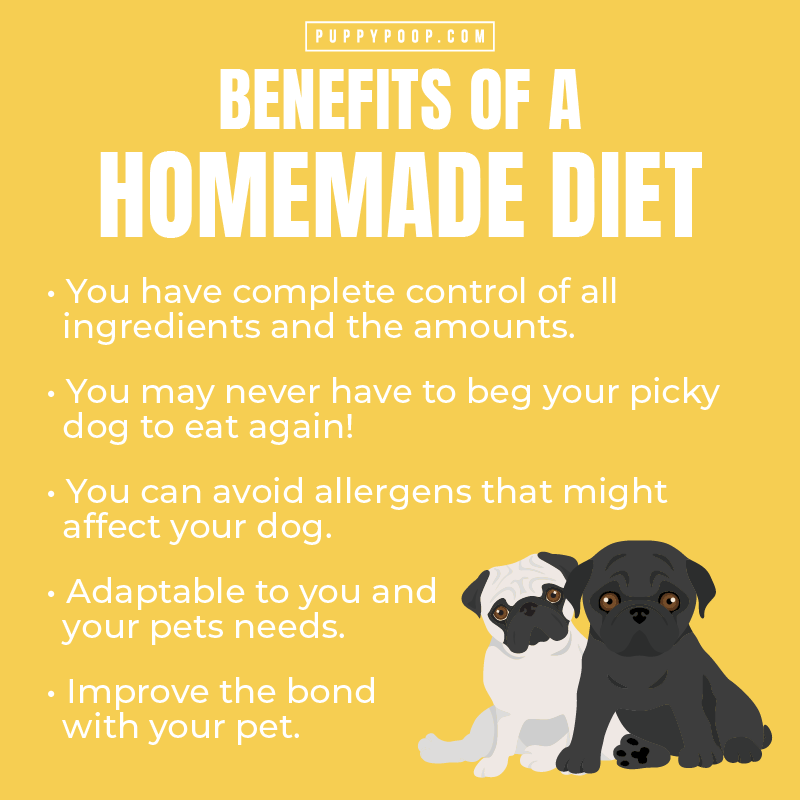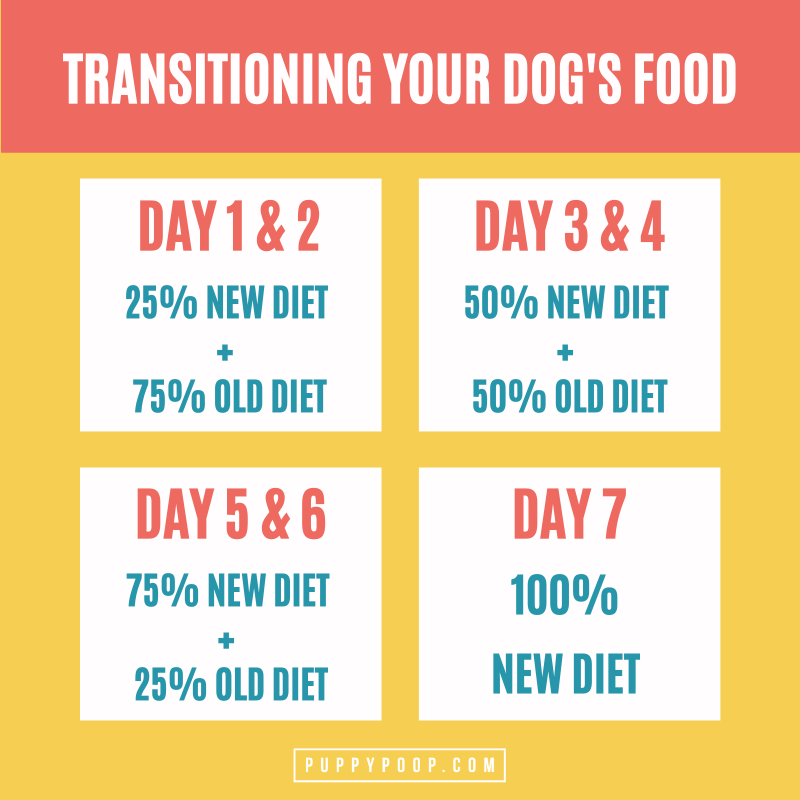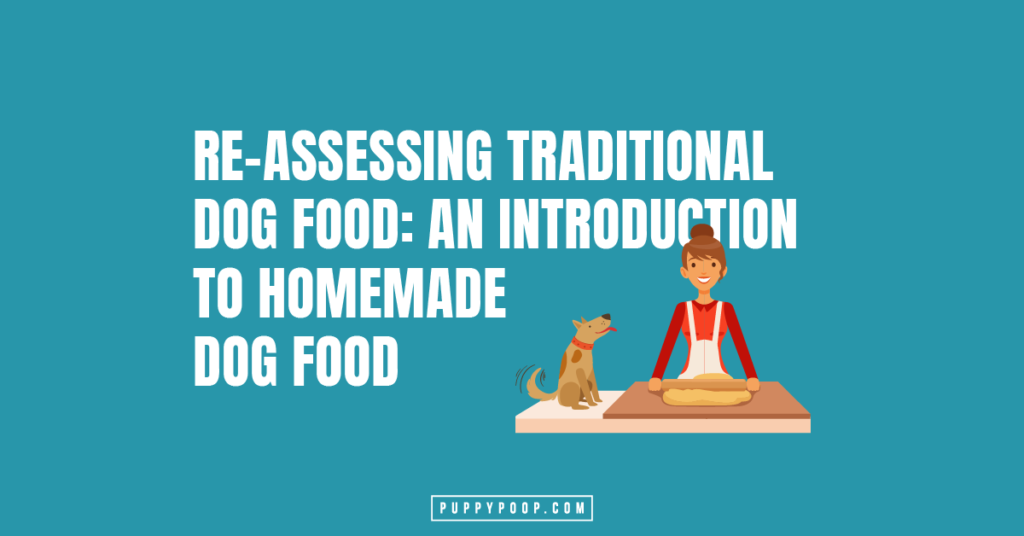Imagine eating Cheerios for every meal – balanced, but certainly boring! Have you ever thought about what it must be like for your dog to eat the same food every day? Sometimes dogs eat the same food twice daily for years of their lives. Even though they are constantly excited about their dog food, they would probably appreciate a change once in a while. Without variety, there could also be a chance they are not receiving all the nutrients they need. Discover homemade diets and ingredients for dogs.
Importance of a healthy diet
A healthy diet can affect every aspect of your dog’s life, especially their microbiome. The microbiome includes all the microorganisms in your dog’s gut such as bacteria, fungi, viruses and protozoa. Most of these organisms are beneficial to your dog by assisting in digestion and supporting their immune system. Pathogenic bacteria can also be found in your dog’s gut, but they are usually outnumbered by the good bacteria.

Every bacteria in your dog’s gut requires certain nutrients to survive. Your dog’s diet is what provides food for these microbes. The goal is to maintain the balance between the beneficial bacteria and pathogenic bacteria. When these bacteria levels get out of balance, dysbiosis (imbalance) occurs. Dysbiosis can lead to many disease and nutritional deficiencies.
Traditional Dog Foods
Many traditional dry dog foods on the market contain a lot of carbohydrates. When your dog’s food contains mainly one macronutrient, this can lead to an imbalance in their gut microbiome. For instance, a study done at DIG labs has shown that there is an increase in Prevotella bacteria in dogs that were fed higher carbohydrate diets. This makes sense since Prevotella is involved in the digestion of carbohydrates. But, if Prevotella is dominating, this may create a macronutrient imbalance if the other sources of nutrients are not being digested properly.
Traditional dry dog foods often contain very high levels of carbohydrates (between 40 – 60%).
Carbohydrates are a source of energy and are useful for growing puppies and pregnant and lactating dogs. Although a source of energy, carbohydrates are not essential for dogs. Carbohydrates may create issues for your dog if they are found in very high levels or involve processed grains or legumes. Traditional dry dog foods often contain very high levels of carbohydrates (between 40 – 60%). This would be difficult to notice since carbohydrate levels are not stated within the nutrition label. This is where a dog food carbohydrate calculator comes in handy!
Also, the carbohydrates found in these dog foods may not be from the best source. For instance, often the carbohydrates in dog food include rice, oats and barley and can sometimes lead to poor gut health and chronic inflammation. Carbohydrates like squash and sweet potato or other vegetable sources may be more beneficial.
Other Concerns
Besides the higher carbohydrate level, there are a few other concerning issues. There have been increasing pet food recalls among many brands of food. Dog food packaging can also be misleading. Sometimes limited ingredient dog foods may say they contain only ‘beef and potato’ but on the small-print ingredient list there are multiple other proteins or carbohydrates! Also, many dog foods can tell you they have added probiotics and prebiotics, but this may not actually be true.
A final concern about traditional commercial diets lies in potential conflicts of interest. The Association of American Feed Control Officials (AAFCO) is commonly recognized as being on the back of food bags associated with the label that the food is ‘complete and balanced’. However, it is important to note that this is a private group that includes representatives of pet food manufacturers. AAFCO has major influence in the pet food industry. While they do not regulate pet food, they devise pet food and feed labelling guidelines, establish feed ingredient definitions and develop protocols for feed trials.4
All of these examples may be, especially if our dogs are eating the same thing every meal. We want to be able to trust the food that they are getting.
What are the Benefits of a Homemade Diet for My Dog?
With increasing dog food recalls and more research being done into dry dog foods, many dog parents are considering more natural diets. A homemade diet is an excellent choice to provide your dog with a balanced, species-appropriate diet that you have full control over.
Some benefits of a homemade diet include:

- Having complete control of all ingredients and the amounts.
- You may never have to beg your picky dog to eat again!
- Avoid allergens that might affect your dog. Even many limited ingredient dog foods are not the best for allergies. By making a homemade diet, you can take control of exactly what is in your dog’s food.
- Adaptable to you and your pets needs. You can add in any supplements that are necessary for your dog.
- Improve the bond with your pet. Your dog already sees you as the most amazing human in the world. But imagine what they might think if you started feeding a homemade diet!
What Ingredients do I need for a Homemade Dog Food?
If you are considering starting your dog on a homemade diet, it is important to understand what makes a diet species-appropriate and nutritionally-balanced. The National Research Council has developed nutrient requirements for dogs and cats. These guidelines can help provide a general guideline for dog owners to understand the dietary needs of their dog.
The number one mistake of people who feed homemade dog food diets is not adding in supplemental micronutrients to balance out the diet or only feeding chicken and rice and vegetables without making a specific recipe.
The Main Ingredients Found in Dog Foods
- Protein: meat, seafood, dairy or egg
- Fat: from meats and oils
- Carbohydrates: Since dogs can get their energy source from proteins and fats, carbohydrates are not essential. However, whole foods, like sweet potatoes, are a great source of starch and fiber. These may be a better option to highly refined grains and white rice.
- Vitamins and minerals: Vitamin A, vitamin D, vitamin E, vitamin K, B-complex vitamins, calcium, phosphorus, and much more!
Common Whole Foods that are Toxic to Dogs
Though knowing what macronutrients should be found in dog food is very important. It is even more crucial to know which common whole foods can be toxic to dog:
- Chocolate
- Macadamia nuts
- Certain fruits: grapes, raisins, apricot/peach/cherry/plum pits, green tomatoes (including vines/leaves)
- Certain vegetables: onions/scallions, raw and green potatoes, rhubarb
- Raw dough or yeast
- Raw salmon or trout
- Avocado peel
Which Veterinarian Approved Recipes Should I Make?
There are homemade dog food recipes all over the internet. But, homemade diets can potentially be dangerous if they are not nutritionally-balanced for your dog.
The best recipes will be those that are designed by veterinarians. Also, if you decide to feed your dog only homemade recipes long-term, it may be a good idea to have them looked over by a board certified veterinary nutritionist. This will ensure that your dog is receiving all of the nutrients that they need to thrive.
If you feed your dog only homemade recipes long-term, it may be a good idea to have them looked over by a board certified veterinary nutritionist.
If you want to try out a homemade recipe to see if this is something that would work for you and your dog, the MSPCA – Angell hospital has offered a basic homemade diet that was formulated by their veterinary nutritionist. This provides you with all of the ingredients needed for a complete and balanced diet for a 30 lb dog and can be adjusted to your dog’s weight.
Books on Homemade Dog Food
If you are looking for more detailed information on adjusting your dog’s diet to a fresh food diet of homemade cooked and/or raw recipes, there are two books you should read:
- Dr. Judy Morgan has a book, “Yin & Yang Nutrition for Dogs: Maximizing Health with Whole Foods, Not Drugs”, which not only provides a fresh food approach for healthy pets but can also provide recipes for specific illnesses. She also uses a Traditional Chinese Veterinary Medicine outlook to evaluate each recipe.
- Dr. Becker’s book, “Dr. Becker’s Real Food for Healthy Dogs and Cats”, is another book that takes a more holistic approach to diet. Dr. Becker provides meat-based recipes with additional veggies and supplements that provide all the nutrition your pet needs.
A homemade diet may feel intimidating and seem very time-consuming. Don’t worry about it – we’ve got you covered! Thankfully, many companies have begun to provide subscription services where customized fresh dog food is mailed directly to your home.
What is the Best Homemade Dog Food?
There isn’t one right answer! With homemade dog food, you have the ability to change ingredients regularly and depending on what’s fresh. This is a great benefit to your dog. You can provide a wide variety of quality ingredients and prevent one nutrient from dominating and creating health issues for your dog.
The most important thing is that the diet is complete and nutritionally balanced. In order to do this, follow veterinarian-designed recipes or use recipe generators, like BalanceIT.
Transitioning food process to prevent GI upset
You may be worried about changing your dog’s food. Some dogs can be very sensitive to the slightest diet change, leading to diarrhea or vomiting. But, there are ways to reduce the chance of this happening!
A slow transition is always key. You should aim to transition your dog onto a new homemade dog food recipe over 5-7 days. If your dog is particularly sensitive to changes, it may be a good idea to extend this transition to 7-10 days. Do not expect to transition your dog’s food in one meal or one day.
To do this, you can gradually introduce more and more of the new diet over time. For example, when switching food over 7 days the mix could be:

- Day 1 & 2 25% new diet and 75% old diet
- Day 3 & 4 50% new diet and 50% old diet
- Day 5 & 6 75% new diet and 25% old diet
- Day 1 & 2 100% new diet
It will be important to monitor your dog throughout the transition. If at any point they begin experiencing vomiting, diarrhea, decreased appetite or decreased energy, slow down. If it continues despite a slow transition, this new food may not be best for your dog or your dog may be having an upset stomach for a separate reason. In this case, reach out to your veterinarian for help.
Food makes up a huge part of our dog’s lives and they absolutely love it. We should make it as delicious and nutritious as possible. This doesn’t necessarily need to be a homemade diet. But taking a deeper look into what we are feeding them everyday, may make a huge impact on their life.
Get the DIG Labs App
Download the free DIG Labs Digestive Health Tracker to get personalized insights and recommendations for your dog based on their stool.

